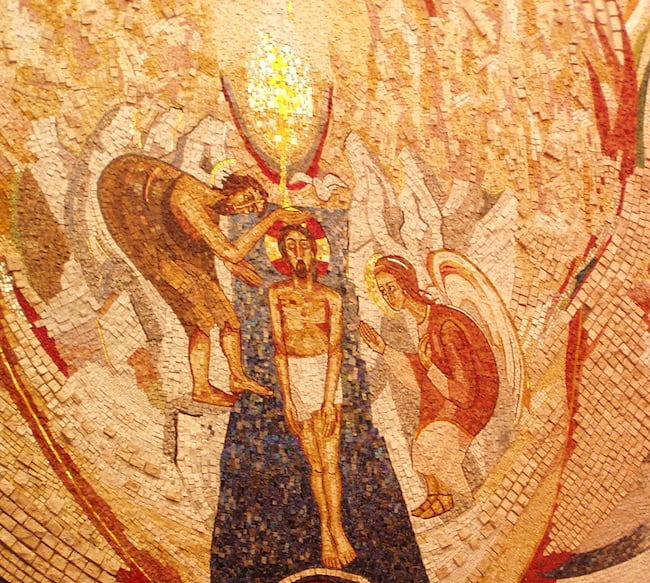SOLEMNITY
Biblical Background
The Bible presents John the Baptist as a forerunner of Christ and both of them are always correlated to each other.
John’s father Zechariah remains speechless after a revelation in the temple where he hears the announcement about the future birth of his son (Luke 1:5-23). Once John is born, Zechariah writes his son’s name on a tablet and his wife Elizabeth agrees on the name. After Zechariah regains speech, he says the canticle about God of Israel and the expected Savior (Benedictus).
Elizabeth is already 6 months pregnant, when Mary conceives (Luke 1:36) and thus the birth of John is set six months before the birth of Jesus.
John starts his public activity around the year 27/28 AD, announcing conversion in the desert of Judea. He talks about the upcoming judgment, without regarding the status of the person. Those who are ready for conversion are baptized in the River Jordan as an act of penance.
John is clothed in camel’s hair, with a leather belt around his waist; he feeds on locusts and wild honey. He gathers followers around himself and is very critical of the lifestyle of Herod the Great.
History
John the Baptist received veneration since the early centuries. Christian East had a feast in his honor on January 7, one day after Epiphany. The celebration of his birth on June 24 was first introduced in Christian West: six months before Christmas. Why June 24 and December 25, then? Both are 8 days before the end of the respective month, but June has 30 days, while December 31.
Importance and Liturgical Celebration
The immense popularity of Saint John’s day can best be explained by the overlap with the culmination of the astronomic year. The words He must increase, I must decrease (John 3:30) allow the sequence of the season to become emblematic for John’s relationship with Christ, but also show the transitory character of human life. The highlight and culmination of life is the beginning of death. Sight is oriented to Christ who is the only source of salvation and life.
Liturgical texts highlight John as the forerunner of Christ.


